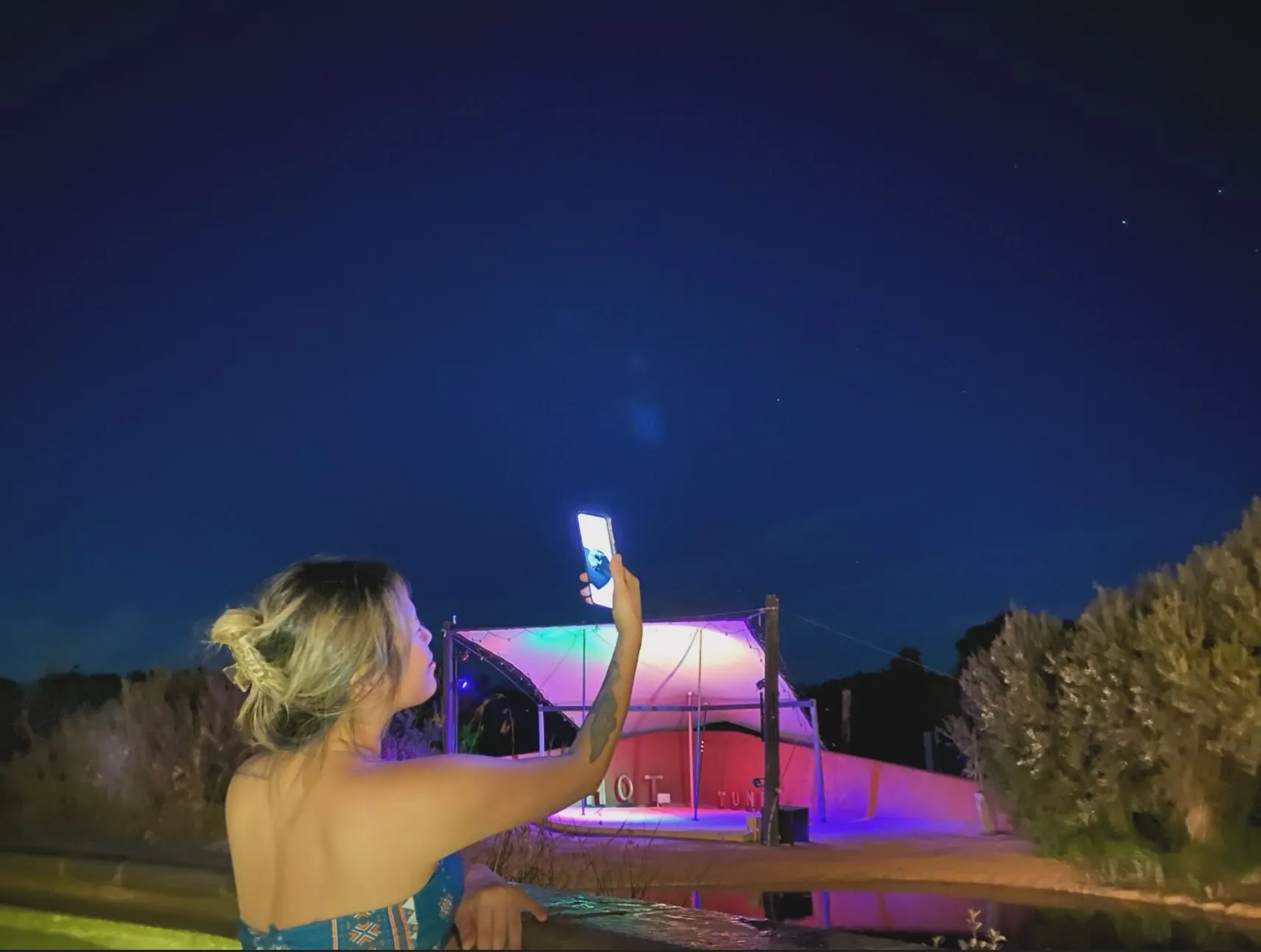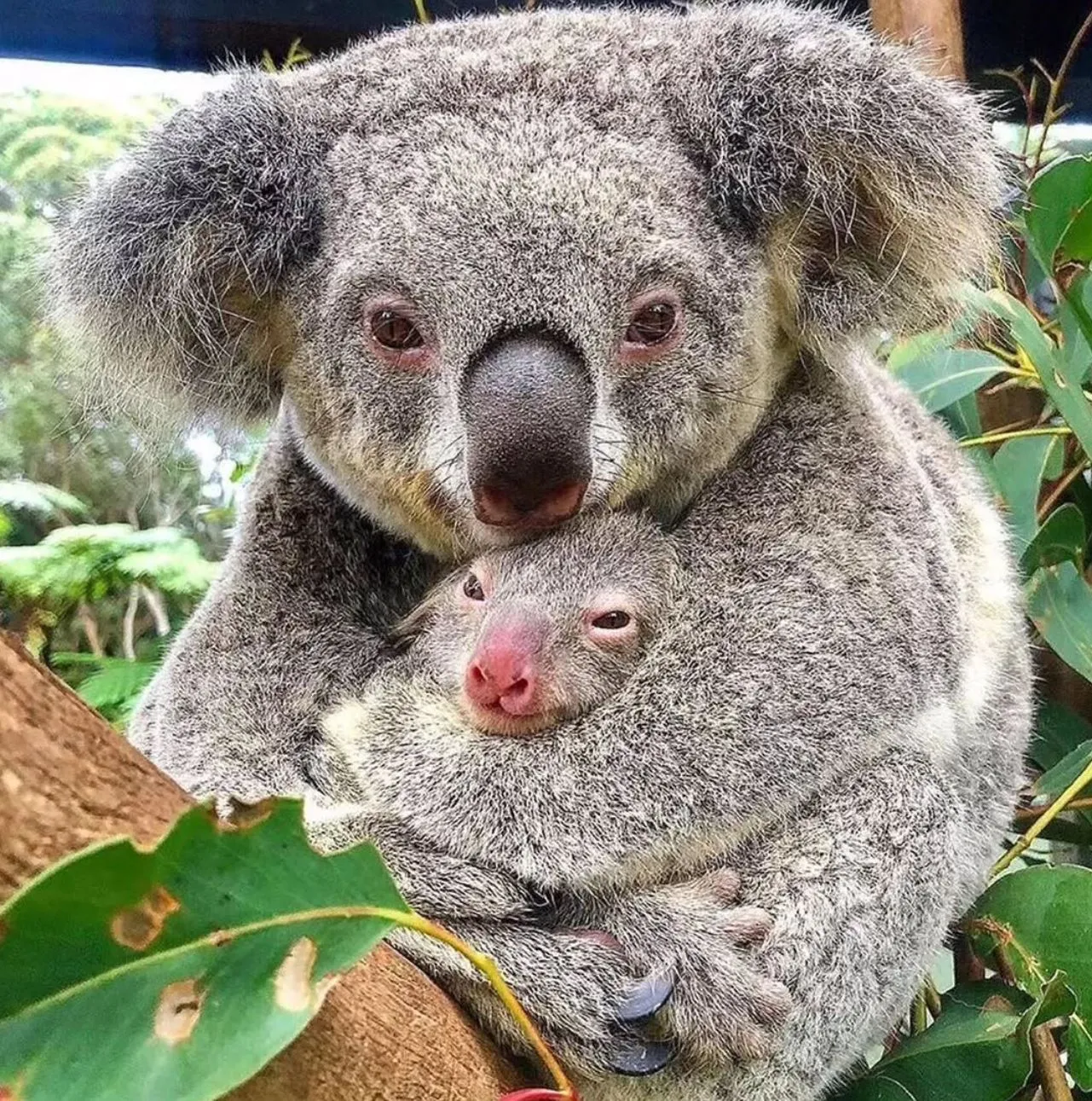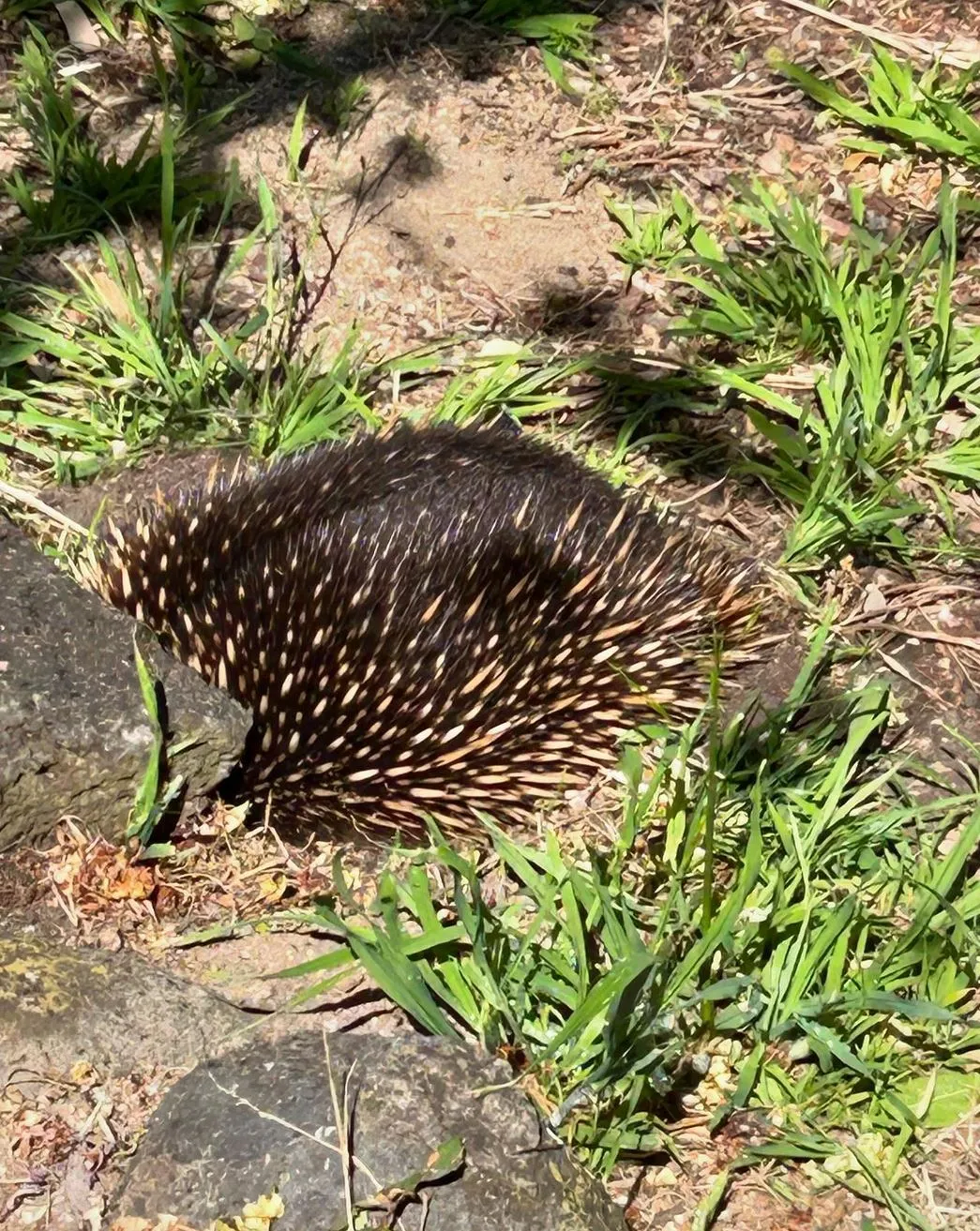The Mornington Peninsula is famous for its luxury hot springs but also for its stunning natural scenery and Australian wildlife. You can have the best of both worlds with views of coastal national parks and the thermal mineral waters of the Peninsula Hot Springs. Whether you’re getting spa treatments, taking a dip in private baths or exploring the region’s natural environment, the Mornington Peninsula is a one-of-a-kind experience. This article looks at the native wildlife you’ll find around the area and how to combine wildlife tours with wellness activities.
Native Wildlife of the Mornington Peninsula

The Mornington Peninsula has a wide range of Australian wildlife living in its national parks and along its beaches. You’ll have plenty of opportunities to see them in their natural habitat, whether it’s coastal preserves, family-friendly parks, or just relaxing with the Mornington Peninsula Hot Springs Tour.
1. Kangaroos and Wallabies

When you’re in Mornington Peninsula National Park, you’ll likely see kangaroos and wallabies, especially around Cape Schanck Lighthouse Reserve and Arthurs Seat. These marsupials are everywhere, grazing on native vegetation or hopping through the bushland. You might even see them at ocean beaches as they explore the peninsula’s natural environment.
2. Koalas

Koalas, an icon of Australian wildlife, can be found lounging in eucalyptus trees. One of the best places to see them is French Island National Park where their natural behaviour is on show. The area has a large koala population and National Park Rangers work hard to protect the habitat. These cute creatures are usually seen high up in the trees but with patience you may see them moving about.
3. Echidnas

Another animal to spot in Mornington Peninsula’s national parks is the echidna. These spiky creatures are often found foraging for ants and termites. Echidnas are shy and will hide in the underbrush but if you walk quietly through the native vegetation of Mornington Peninsula National Park you might be lucky enough to see one in its natural environment.
4. Native Birds

Birdwatchers will love the many native birds that live on the Mornington Peninsula. Whether you’re at Cape Schanck Lighthouse Reserve taking in the views or at the Bath House in the hot springs, you’ll hear the kookaburras, lorikeets and other species calling. Many visitors enjoy spotting migratory birds along the beaches and cliffs of the peninsula.
5. Possums and Gliders
Nocturnal possums and gliders are a thrill after dark. The family friendly areas around the hot springs and parks are perfect for an evening stroll where you may see these creatures. Certified wildlife handlers occasionally offer Nature & Wildlife Tours to educate visitors on the habits and habitats of these shy animals.
Wildlife Conservation Parks and Sanctuaries
The Mornington Peninsula has several conservation parks and sanctuaries where wildlife lives in protected environments. These parks are not only important for native species but also offer visitors educational experiences with Cultural awareness of the land and wildlife.
Cape Schanck Lighthouse Reserve
The Cape Schanck Lighthouse Reserve is not just a historic site but also a wildlife haven. Take in the views while walking the coastal trails, see kangaroos and native birds in the nearby bushland. A must see for nature lovers.
Point Nepean National Park
Point Nepean National Park is another great spot for wildlife encounters, history and nature. Kangaroos, wallabies and birds can be seen as you walk the rugged terrain. Perfect for day tours with family friendly activities including walking trails and picnic spots.
French Island National Park
Accessible only by ferry, French Island National Park is a wilderness area, home to the largest population of koalas in Victoria. A peaceful retreat from the mainland where you can see the natural behaviours of the wildlife that live in this protected environment.
Mornington Peninsula National Park

Mornington Peninsula National Park has many ecosystems, ocean beaches to coastal bushland. Kangaroos, echidnas and a multitude of birdlife can be seen here, a must see for wildlife enthusiasts. Walk the trails or sit on the beach and see wildlife in its natural environment.
Best Time to Visit for Wildlife Encounters
While the Mornington Peninsula is a year round destination, some times are better for wildlife spotting. Spring (September to November) and Autumn (March to May) have moderate weather making it perfect to get outdoors. These seasons are great for wildlife as many animals are more active. Birds are nesting in spring and marsupials like kangaroos and wallabies are often seen with joeys. Be aware of extreme weather events in summer and winter which can affect access to some parks and trails. Always check for park advisories or cancellation fees for external events before you plan your trip.
Hot Springs and Wildlife

One of the best ways to experience the Mornington Peninsula is to combine a visit to the hot springs with wildlife. The Peninsula Hot Springs have hot spring pools set in native bushland, it’s a peaceful environment to spot local wildlife. Many people see native birds flying overhead as they soak in the warm waters. Some day tours offer packages that include hot springs and wildlife activities so you can make the most of your visit.
Hot Springs and a Side of Nature
The Peninsula Hot Springs is a chance to unwind in nature. Surrounded by bushland, the springs are a haven for wildlife, possums and native birds are often seen nearby. The hot springs also promote sustainable practices, ask guests to respect the environment by disposing of organic waste properly and not littering. Small actions like disposing of a cigarette butt properly helps to keep the area pristine and a sanctuary for visitors and wildlife. This focus on natural habitat conservation makes the hot springs perfect for those who want to combine wellness with nature.
Conclusion
The Mornington Peninsula is a place where relaxation meets adventure. From the healing powers of its thermal mineral springs to the thrill of spotting Aussie wildlife in the wild, it’s got everything. Whether you’re exploring Cape Schanck’s rugged coastline, wildlife spotting on French Island or indulging in the luxury of the Peninsula Hot Springs, this place has it all. Family friendly activities, day tours and plenty of nature connection, the Mornington Peninsula is a must do for anyone looking for loads of relaxation and wildlife.
FAQ
What wildlife can I see near the Peninsula Hot Springs?
Kangaroos, wallabies, koalas, echidnas and native birds. The natural surroundings are a peaceful place to spot wildlife.
When is the best time to see wildlife?
Spring and autumn is the best time to see kangaroos and koalas. Mornings and late afternoons are best for spotting.
Yes there are Nature & Wildlife Tours across the Mornington Peninsula led by certified wildlife handlers. These tours will give you an insight into the native fauna.
Can I do the hot springs and wildlife viewing together?
Yes! Many visitors do the hot springs and visit nearby national parks like Cape Schanck and Point Nepean to see wildlife in the wild.
How much are the national park entry fees?
Fees vary per park. Point Nepean is free, Mornington Peninsula National Park is a small fee. Check in advance.



